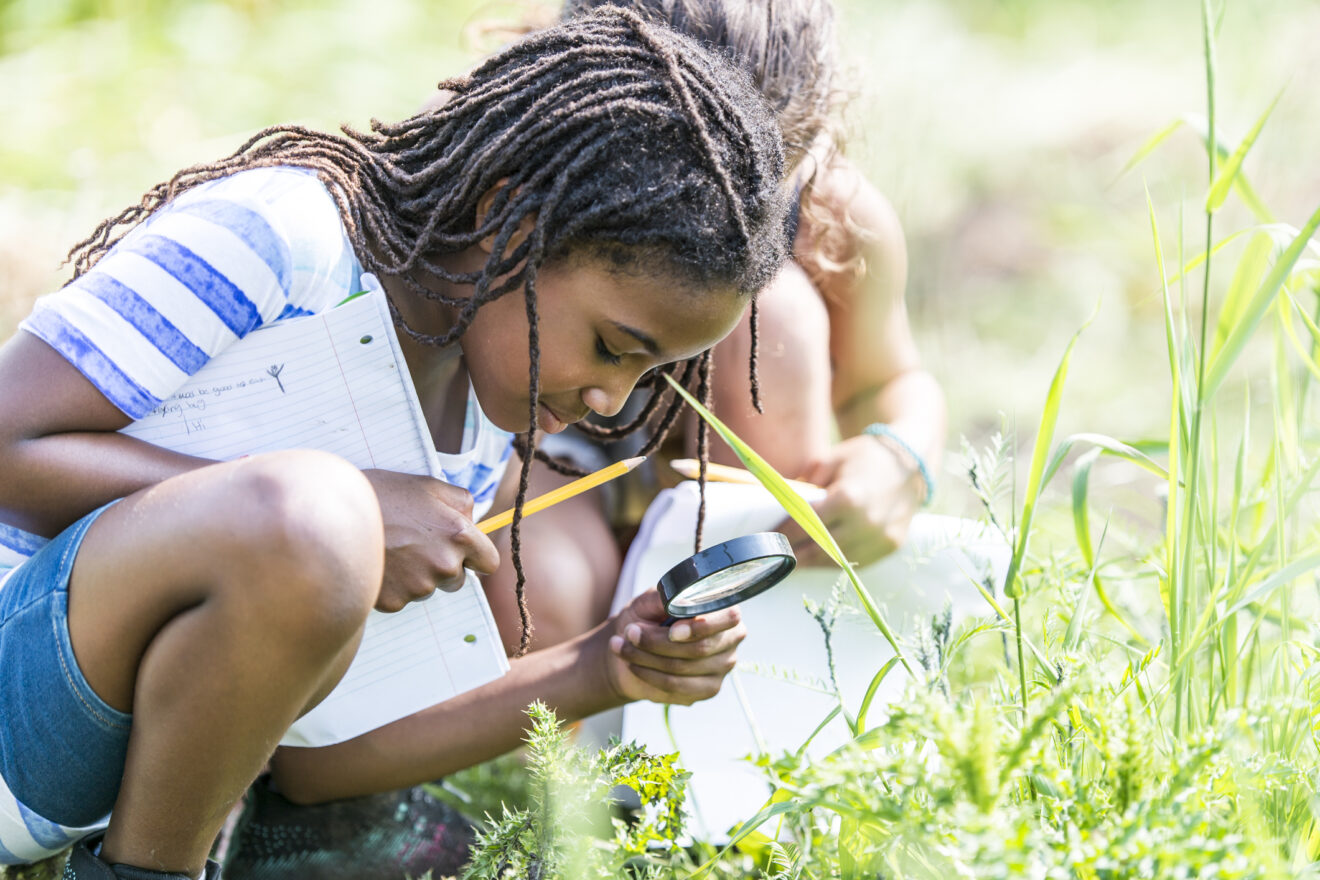Insights is a SmartBrief Education Originals column that features perspectives from noted experts and leaders in education on the hot-button issues affecting schools and districts. All contributors are selected by the SmartBrief Education editorial team.
Research shows that outdoor play has a number of benefits for children. Yet today’s kids are spending less time outdoors than previous generations. One way to change this is by bringing the classroom outside. STEM learning is most effective when it is hands-on and participatory, which makes taking STEM outdoors ideal. Playful activities and experiments can engage students in the wonders of STEM and can complement or extend regular classroom instruction.
An outdoor activity might be the hook that establishes the purpose for learning. It can capture students’ attention with real-world connections and then connect to more formal classroom learning later. Or it might be an offshoot of work that begins indoors but then moves out into nature to spark students’ inquisitiveness about the world around them.
Like classroom activities, outdoor projects will require some planning, but they can increase students’ understanding of key concepts and skills in a variety of ways.
Following are a few quick tips to make the most of STEM activities outdoors.
Plan short- and long-term experiments
Planning a mix of experiments and data-gathering activities helps engage students throughout the school year. While short-term experiments can be completed within a class period, long-term experiments could span a few days, a season, a semester or more. Ideally, outdoor activities will challenge students to think and act like scientists. Children can form and test their own hypotheses and unleash their creativity. This not only helps them become creative thinkers and problem-solvers, but it helps them see themselves as capable learners and future STEM professionals.
Determine if activities will be structured or unstructured
Playful outdoor activities involve children as active participants in their learning. Unstructured play gives them the freedom to make their own decisions. It is open-ended and driven by their own interests and curiosity. Structured play has rules that students will follow to reach a designated goal. Outdoor play, whether structured or unstructured, benefits the whole child. It positively impacts students’ emotional health and physical fitness. It provides a healthy outlet for their energy and helps them exercise their imaginations. It addresses motor, cognitive, social and linguistic domains and gives children from diverse backgrounds the opportunity to work together and develop friendships outside of the classroom. Consider all of these as you start taking STEM outdoors.
Include group activities when taking STEM outdoors
Organizing students into teams to discover, observe and discuss what they find is another way to support their social and emotional development and help them think and act like scientists. Group activities teach the value of discourse. They give students the opportunity to stretch their thinking by engaging with each other’s ideas and theories. They provide valuable lessons in how to respectfully argue, critique and reach consensus in interpreting and communicating their findings.
Set it up, then let them go
To reduce distractions and make the most of students’ time outside, establish physical boundaries around the area if needed and set up any equipment they will need. When it is time to start, describe the students’ mission. Encourage them to engage their senses as they observe the natural world and depict their experiences through written descriptions, drawings or videos. Then release them to study their surroundings, collect data and analyze their findings on their own.
Engage students in intentional discourse
Asking open-ended questions during or after outdoor activities invites students to think like STEM professionals. Answering questions that start with “what,” “how” and “why” can sharpen their observation skills and start them on a path to problem-solving that will benefit them in school and beyond.
Taking STEM outdoors provides an effective, engaging way to introduce key concepts and procedures to students of all ages. Most kids love any opportunity to get out of the classroom and explore. Discovering and learning STEM concepts through their own hands-on explorations helps them make sense of their world. It builds their confidence and helps them see how their learning relates to the world outside of the classroom. It helps them develop the in-demand skills employers are looking for, such as critical thinking and analysis, problem-solving, resilience, collaboration and communication. It also demonstrates in a very clear way that STEM truly is for everyone.
Amanda McGee is the senior vice president of curriculum development and production for Accelerate Learning, the developer of STEMscopes and Math Nation. Previously, she was the secondary coordinator of science and health in the Humble Independent School District in Texas, where she designed curriculum, instruction and assessments around best science practices. She also spent eight years in the classroom as a middle- and high-school science teacher and an instructional coach.
Opinions expressed by SmartBrief contributors are their own.
_________________________
Subscribe to SmartBrief’s FREE email newsletter to see the latest hot topics on EdTech. It’s among SmartBrief’s more than 250 industry-focused newsletters.
